Sierra Bright Dot Fly Fishing Report – July 1, 2022

Summer is here in the Owens Valley with day time temperatures in the high 90’s or low 100’s. It’s time to head up the hill and fish the waters at 7,000 to 9,000 feet elevation where the day time temperatures are in the 80’s. The freestone waters like Bishop Creek and Rock Creek continue to offer good dry fly fishing opportunities. The lakes are warming up and the fishing is good through mid-morning. Dry fly fishing is starting to increase and nymphing has been consistent.

Freestone Streams:
Rock Creek:
The little bit of snow runoff that came out of the mountains is over for the year. The creek is starting to recede and there is increased fishing pressure from the campers enjoying the fishing. Fly fishing is requiring anglers to show some stealth in their approach to the stream. Casting dry flies 30 feet upstream is fooling wild browns and rainbows. I’m using Adams parachutes and elk hair caddis.

Bishop Creek:
South Fork:
This is a great place to escape the heat of the Owens Valley. The water flows are holding consistent and offering good dry fly and dry and dropper fishing for wild browns, rainbows and brook trout. These fish are feeding on Adams parachutes and elk hair caddis on the surface. These trout are taking midges, bead head flash back pheasant tail nymphs, and bead head flash back gold ribbed hare’s ears.
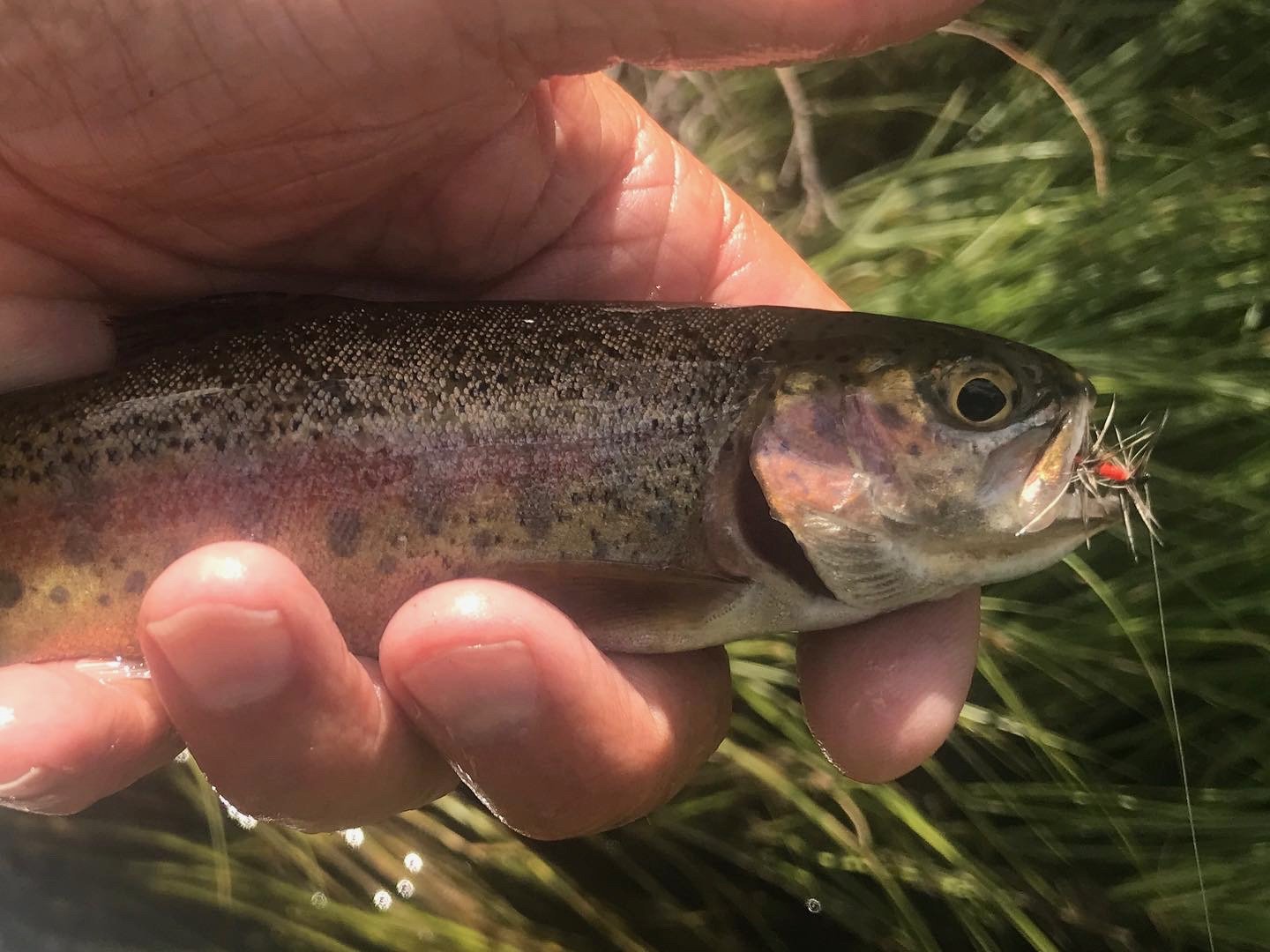
Lower Owens River:
Wild Trout Section:
Fishing here is best done in the mornings before noon or in the evenings after 6:00 P.M. If you’re fly fishing in the evenings, be sure to use insect repellant. Nymphing has been the most successful method of fishing the river as the hatches are not strong enough to bring the trout to the surface during the day. The caddis hatch has fish feeding on the surface. Euro nymphing with stoner nymphs, brown quilldigons, Butano nymphs and Frenchie’s is producing brown trout.
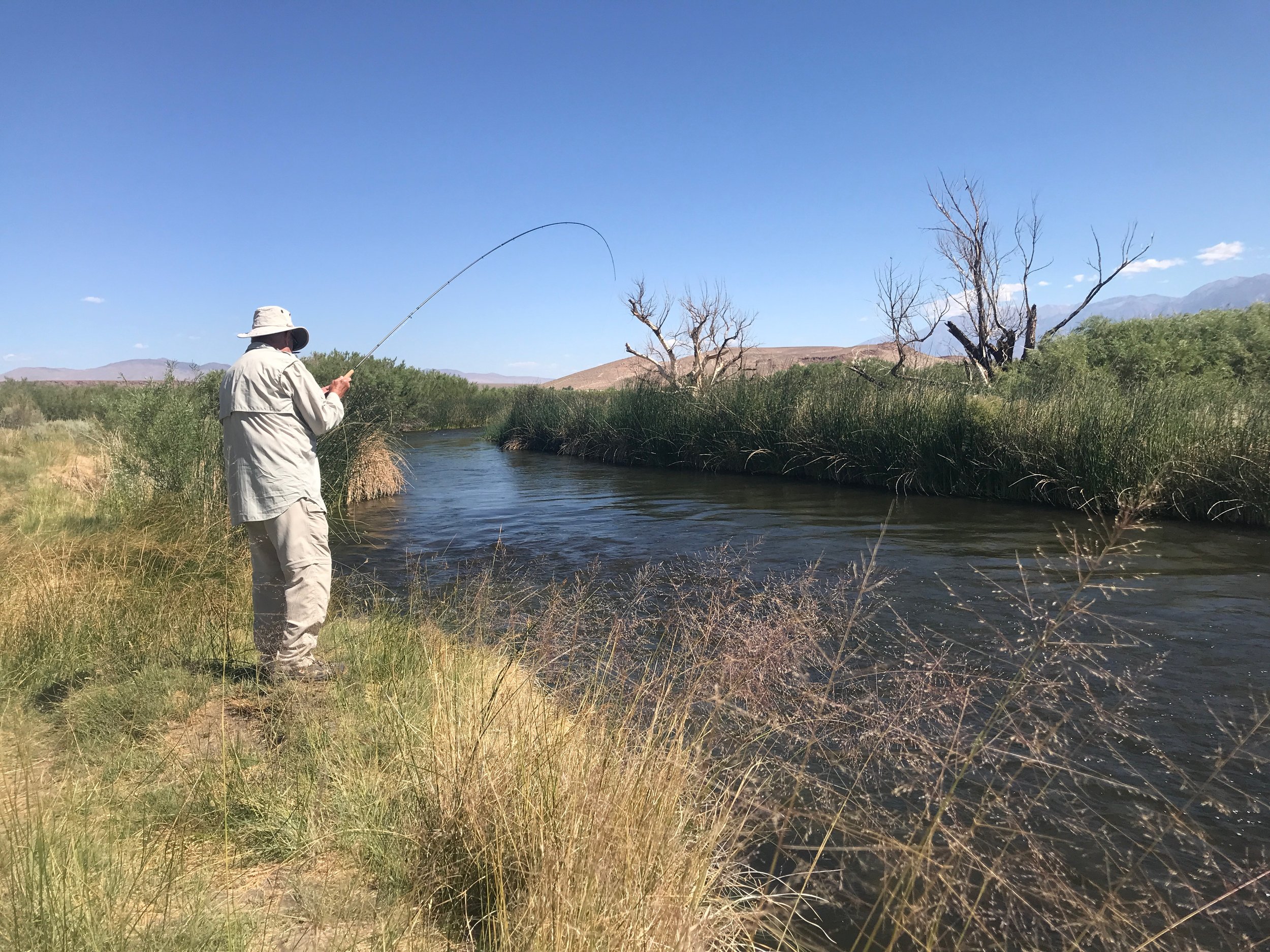
Hot Creek:
Interpretive Site:
Trico mayflies have made an early appearance and are offering fly fishers dry fly opportunities. Trico dun and trico spinners patterns are fooling this early morning hatching mayflies. Mid-morning the caddis are in abundance, but the trout are not keying in on them most days. Fly fishers are working hard for a few trout. The trout being landed are nice fish in the 14 to 17 inch range.
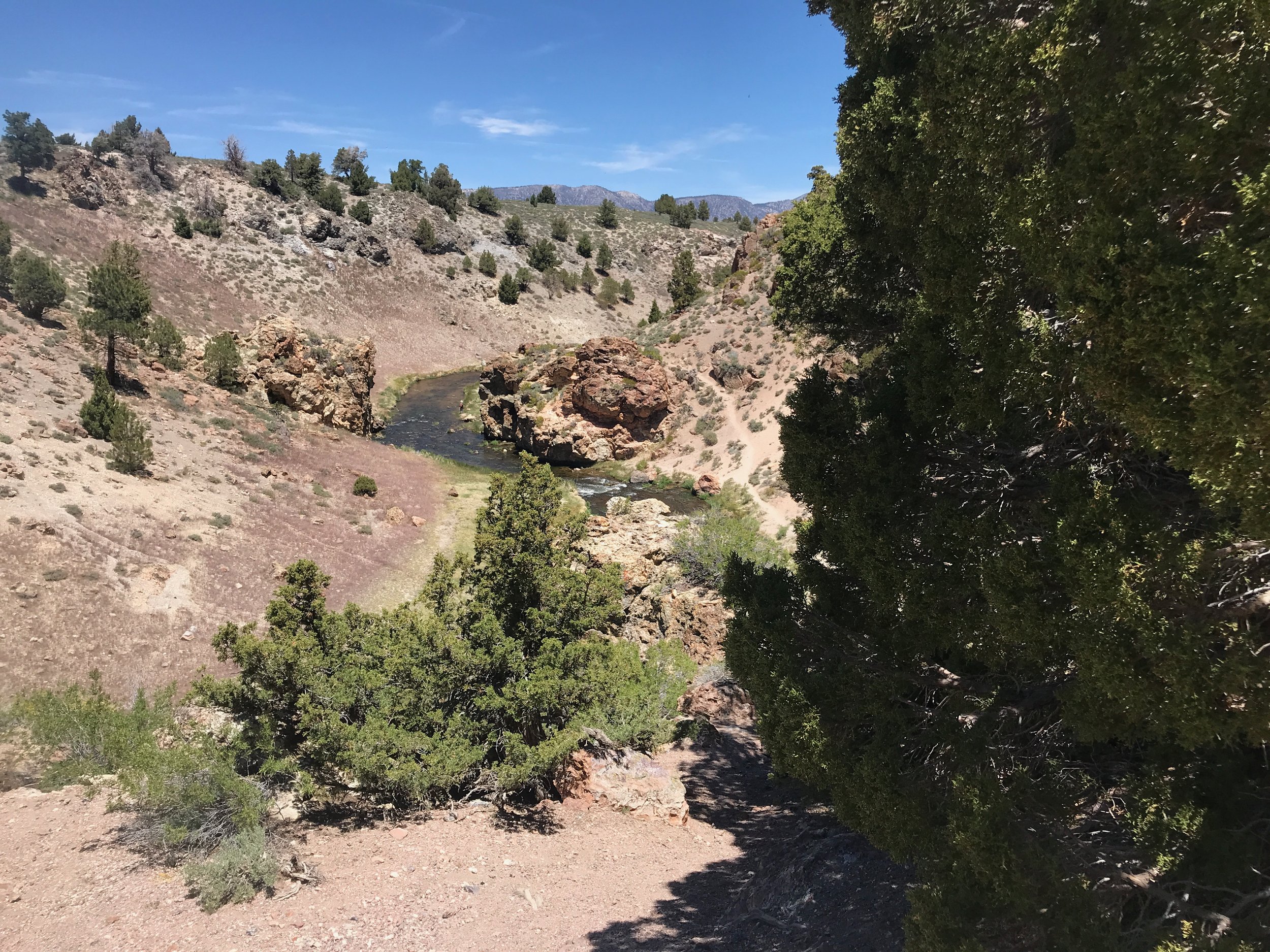
Hot Creek:
Canyon Section:
The weed beds in the canyon are growing and starting to make it hard to drift a dry fly or nymph through the small channels between the weed beds. Bead head flash back pheasant tail nymphs, bead head flash back gold ribbed hare’s ears, and black perdigons fished under an Adams parachute or a mini Chernobyl ant is producing wild brown trout and rainbows. Success in the canyon is covering lots of water to find the fish that are feeding on the flies the fly fisher is offering.
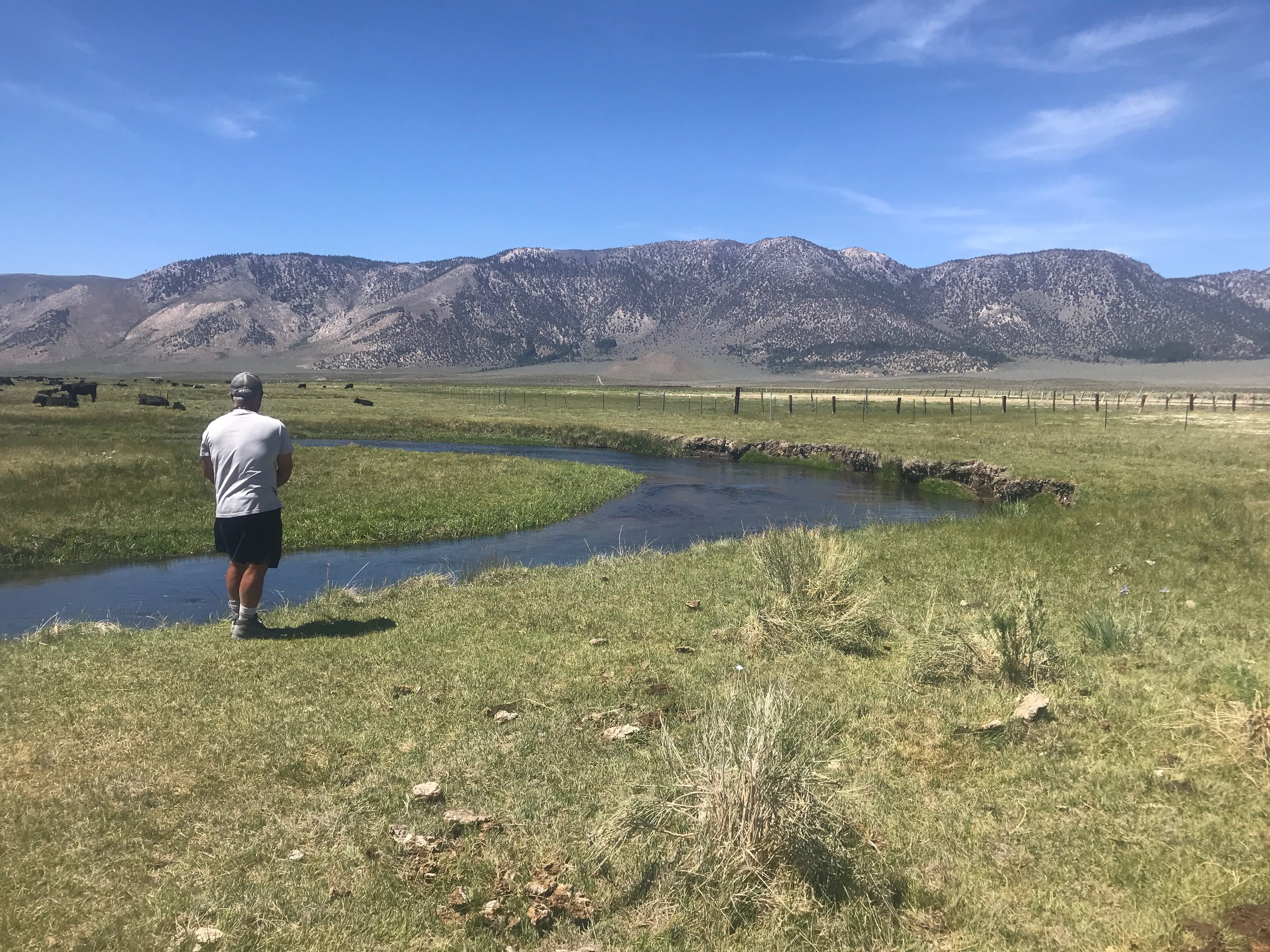
Upper Owens River:
Above Benton Crossing Bridge:
Pan sized browns and rainbows are feeding on nymphs and dries. Best fishing has been in the morning when there are mayfly and caddis fly hatches. Bead head flash back gold ribbed hare’s ears, bead head flash back pheasant tail nymphs, brown quilldigons, and green/gold wire Prince nymphs have been working under an indicator or on a Euro rig. When the trout are actively feeding on the surface blue wing olive parachutes, Adams parachutes, elk hair caddis, and parachute caddis are fooling the trout.
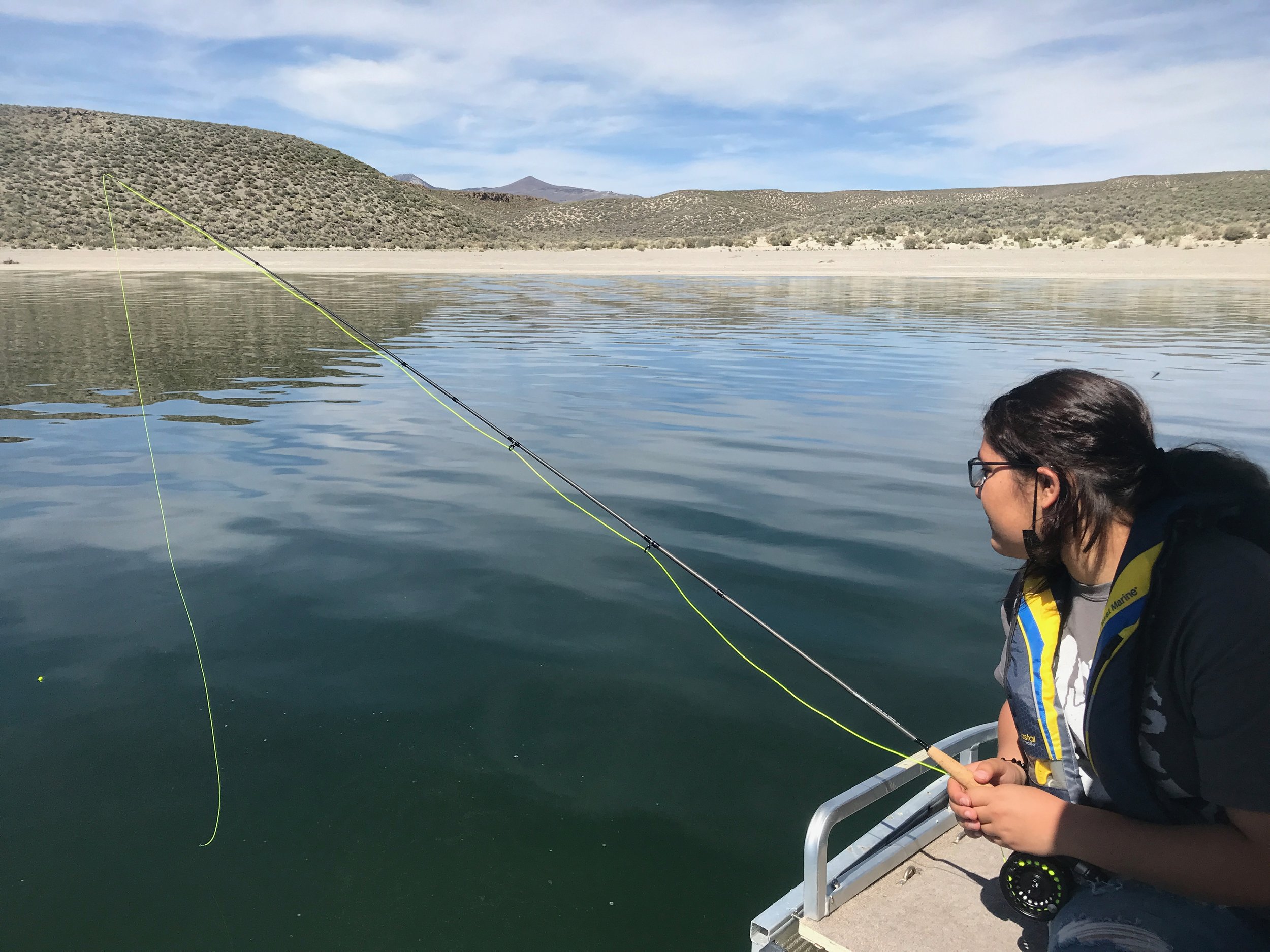
Crowley Lake:
Fly fishing on Crowley Lake has picked up when the wind is not blowing at gale force. The fish are in 15 to 30 feet of water. Zebra midges, tiger midges, gray midges, and Albino Barron’s, wine and black, are the four main color of midges for fly fishing on Crowley Lake. Fish these midges at three inches to three feet off the bottom as where you fish the midges in the water column varies as the day progresses. Having a top end fish finder makes it easy to know what level the trout are feeding on. If you’re not getting a lot of hookups move to a new location.
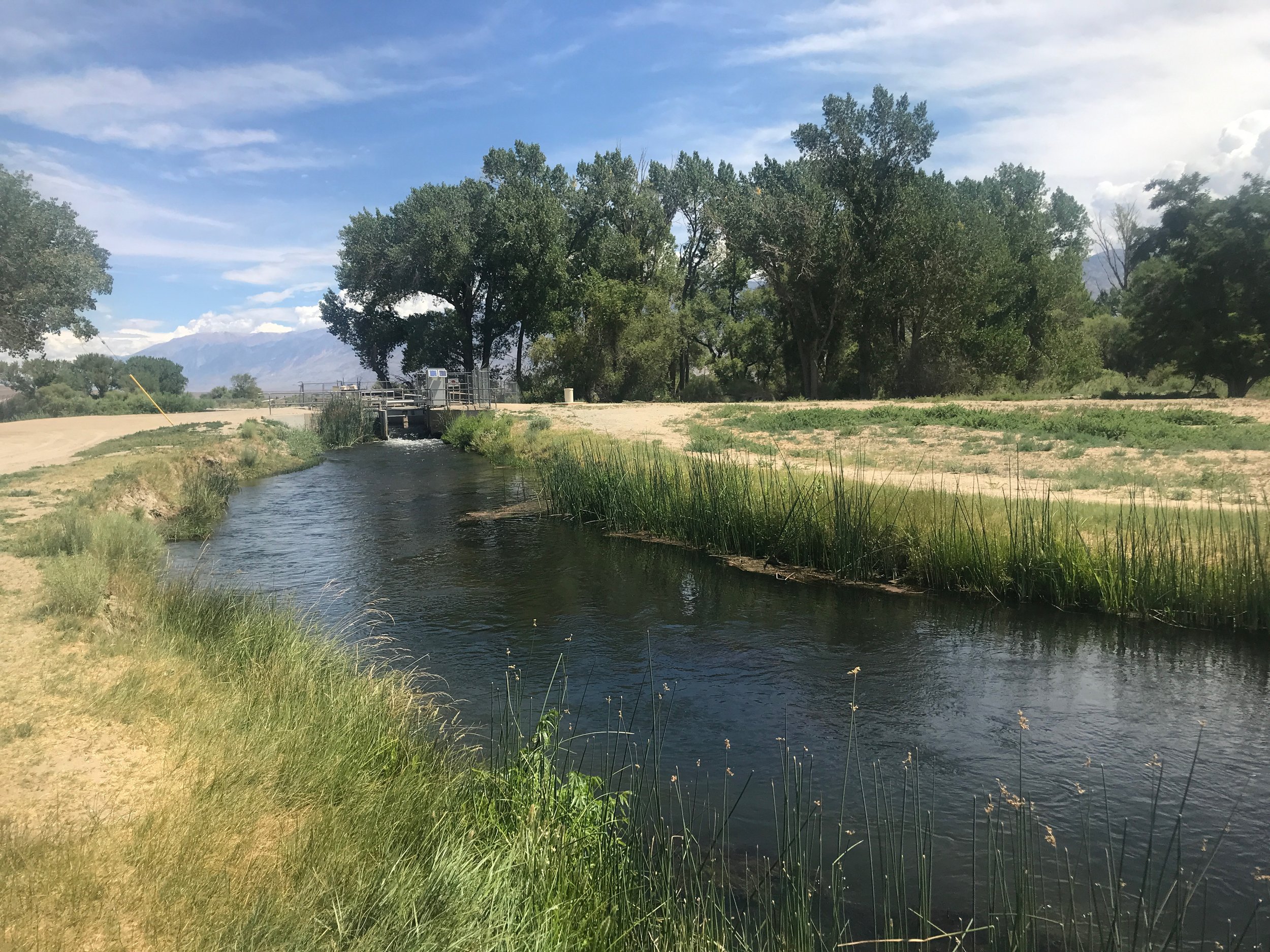
Bishop Creek Canal:
Behind the Ford Dealer:
City of Los Angeles Department of Water and Power have not mowed the stream side vegetation yet and it’s getting tall enough to get in the way of fly fishers casting their flies into the canal. Euro nymphing continues to produce wild brown trout to 14 inches. The trout are taking green/gold Prince nymphs, stoner nymphs, and Butano nymphs.
–
(From Fred Rowe at Sierra Bright Dot Fly Fishing Guide Service)












